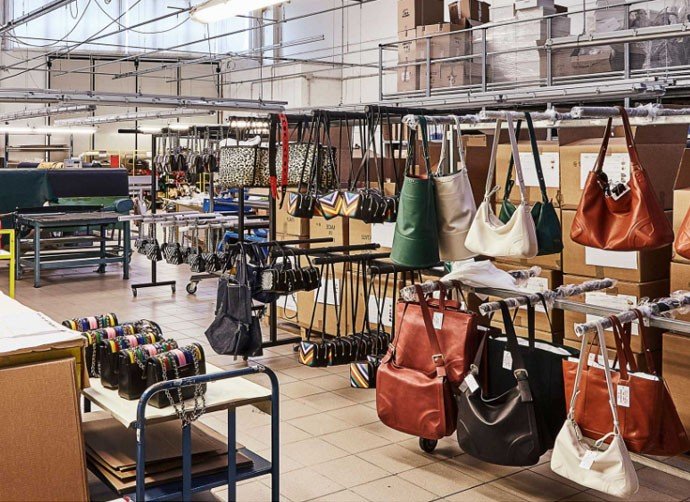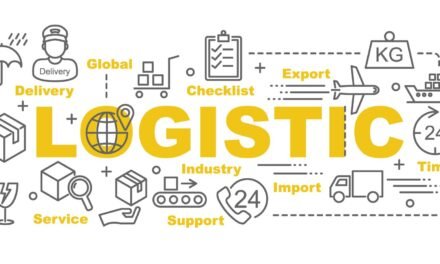E-commerce has significantly influenced the market for leather goods, creating both opportunities and challenges for businesses.
Opportunities:
- Increased Reach: E-commerce platforms allow businesses to reach a global audience, expanding their market beyond traditional retail channels.
- Direct-to-Consumer Sales: E-commerce enables businesses to sell directly to consumers, eliminating intermediaries and potentially offering lower prices.
- Personalized Shopping Experiences: E-commerce platforms can provide personalized recommendations, product information, and interactive features, enhancing the shopping experience.
- Data-Driven Insights: E-commerce platforms provide valuable data on consumer behavior, allowing businesses to tailor their products and marketing strategies accordingly.
Challenges:
- Competition: E-commerce platforms are highly competitive, with numerous businesses vying for consumer attention.
- Logistics and Delivery: Ensuring timely and efficient delivery of leather goods can be challenging, especially for international orders.
- Returns and Exchanges: Handling returns and exchanges for leather goods can be complex and costly.
- Authenticity and Quality: Ensuring the authenticity and quality of leather goods sold online can be a challenge, as consumers cannot physically inspect the products before purchase.
Overall:
E-commerce has transformed the leather goods market, offering businesses new opportunities to reach a wider audience, increase sales, and enhance the customer experience. However, businesses need to address the challenges associated with e-commerce, such as competition, logistics, and customer trust, to succeed in this rapidly evolving landscape.
The leather goods market is expected to continue to grow in the coming years, driven by factors such as rising consumer incomes, changing lifestyles, and the increasing popularity of e-commerce. Businesses that embrace e-commerce and adapt to the changing needs of consumers are likely to thrive in this dynamic market.







